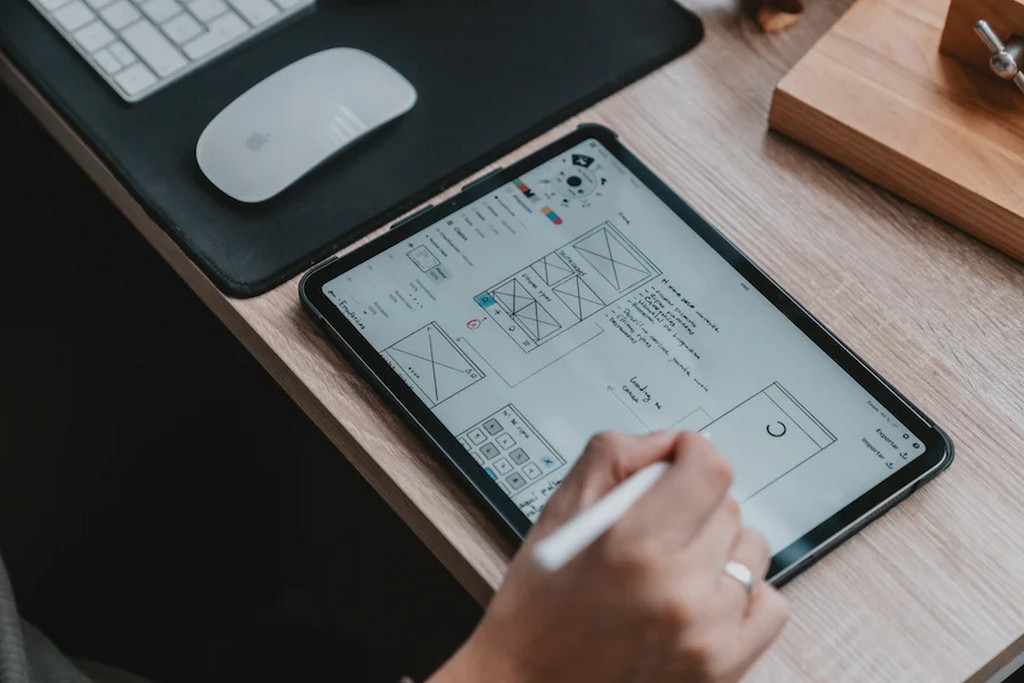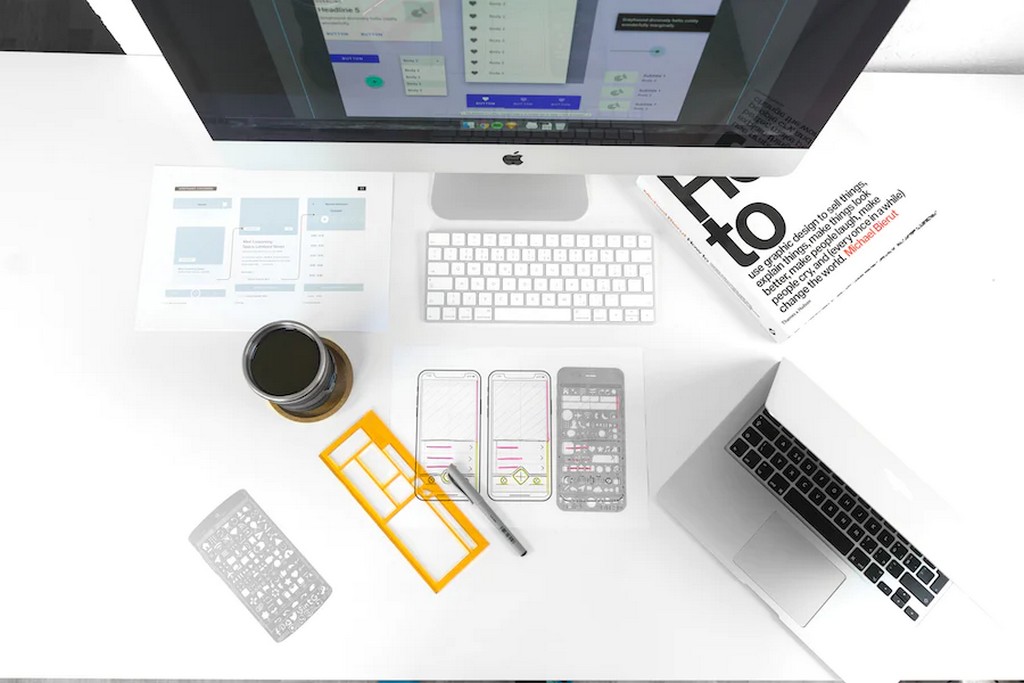What is the Future of Product Design? Learn More!
16/12/2023 2023-12-16 11:35What is the Future of Product Design? Learn More!
Product design is constantly evolving as clients’ are now personalized and subject to change. This makes it challenging for designers, manufacturers and engineers. But because of technological advancements, new solutions and opportunities have come up in this space. For example, growing technology such as AI in product design has developed tools that support a new generation of sustainable, customer-centric, and resilient products. The future of product design is here, and now is the time to equip yourself to enter the field!
Read on to learn about the importance of product design, the product design process and more.
Introduction to the Future of Product Design

Human creativity has always been the driving force behind product design, but technological breakthroughs in recent years have revamped the industry.
These days, client feedback and insights are extremely relevant to the design process that uses modern natural language processing (NLP) and knowledge graph-driven methodologies. Compared to the conventional product design approaches, this is faster and more accurate.
Product design is all about finding problems that people face and creating solutions to make their lives easier. It’s not just describing a product but also skilfully talking to customers and making sure the product is easy and enjoyable to use.
The field of product design previously only included specialised positions for UX or UI designers. However, in modern times, product design includes additional roles like UX researchers, copywriters, and interface designers.
ML-powered software and AI will reduce steps to spec and mock-up full user experiences. The software can predict a design’s gaps and correct problems such as inconsistent alignment. Designing for different platforms and browsers can be made simpler by their ability to draw from design frameworks and libraries seamlessly.
Thanks to augmented reality technology, designers can now visualise tangible items early in the design process. A variety of platforms for simulation and analysis also help them analyse prospective designs.
New product design trends include:
- Animation and motion design.
- Conversational experience design used for website pop-ups, voice control and chatbots.
- MXDPs (multi-experience development platforms)
- Inclusive designing
- Sustainable and green design
- Minimalism
- Dark mode
Importance of Product Design

Product designing’s main function is to offer customers an enjoyable, one-of-a-kind experience. As a result, it can attract new clients and retain old ones. A product’s design goes a long way towards creating memorable client experiences and strengthening strong brand loyalty.
Creating a sustainable product design means making optimal use of resources while also guaranteeing customer satisfaction. When creating a successful product, the goal is to ensure that customers will return for more purchases.
But before the real designing starts, there are various stages of planning you must go through.
Stages of Product Design

The product development lifecycle refers to the entire process of creation, from ideation to market release. The stages involve many departments, such as QA testers, designers, developers, and product managers. All product design steps aid in product design and development.
Stage 1: Ideation
Ideation is the first step in product design. The team comes together to brainstorm and uncover prevailing pain points and challenges for customers. From this deep-dive session, a flurry of innovative product concepts is generated with the intent of addressing these issues.
Stage 2: Idea Validation
After stage 1, designers will now have a list of product ideas and concepts at their disposal. Now, the goal is to screen the list and filter out one viable product idea that can be worked on. One way to do this is by weighing each idea against the rest while considering customer use and experience.
Stage 3: Create a Prototype
Creating a prototype gives you an idea of what the end product could look like. Product teams normally select a small focus group to test the prototype and give feedback.
Stage 4: Create a Market Strategy
The product team will collaborate with the marketing division to develop a market strategy concurrently with creating and distributing the prototype. This will consist of designing:
- The value proposition for the product
- Resources and tools for the sales division
- Marketing and advertising campaigns
Stage 5: Product Building
The team is now prepared to create a minimum viable product (MVP) after obtaining input from the focus groups. The MVP doesn’t need to be the fully functional product the team had in mind during its brainstorming session.
The group has time to complete the final product, so the current objective is to develop an MVP. The quicker a business gets a functioning version of its product into users’ hands, the faster it may get insightful feedback to enhance the product.
Stage 6: Product Release
The product is ready to be laughed at after the MVP is developed and tested. Several insights are gained:
- The market’s interest level
- Types of user personas or buyers signing up to buy the product.
- How users respond to the product and if this data syncs with what the company anticipated
Stage 7: Product Improvement
Finally, the product team will use practical input from its first customers to improve the product.
The team will probably repeat and modify previous steps with this user data. For instance, they might go back to Stage 5 to add new features or solve bugs, or to Stage 6 and distribute the modified product and gather customer feedback, and finally back to Stage 7 (improve the product after feedback).
Product teams should keep improving their goods long after they have been launched.
Conclusion
Product designing is a multidisciplinary and broad field with numerous subfields and specializations, and thus, the future of product design looks great. Understanding engineering, aesthetics, and manufacturing are all equally important.
To gain the skills you need to become a successful product designer, enrol in the 4-year product design course at JD School of Design. A structured curriculum, along with hands-on experience, will prepare you to enter the field confidently.
So, what are you waiting for? Enroll today!













